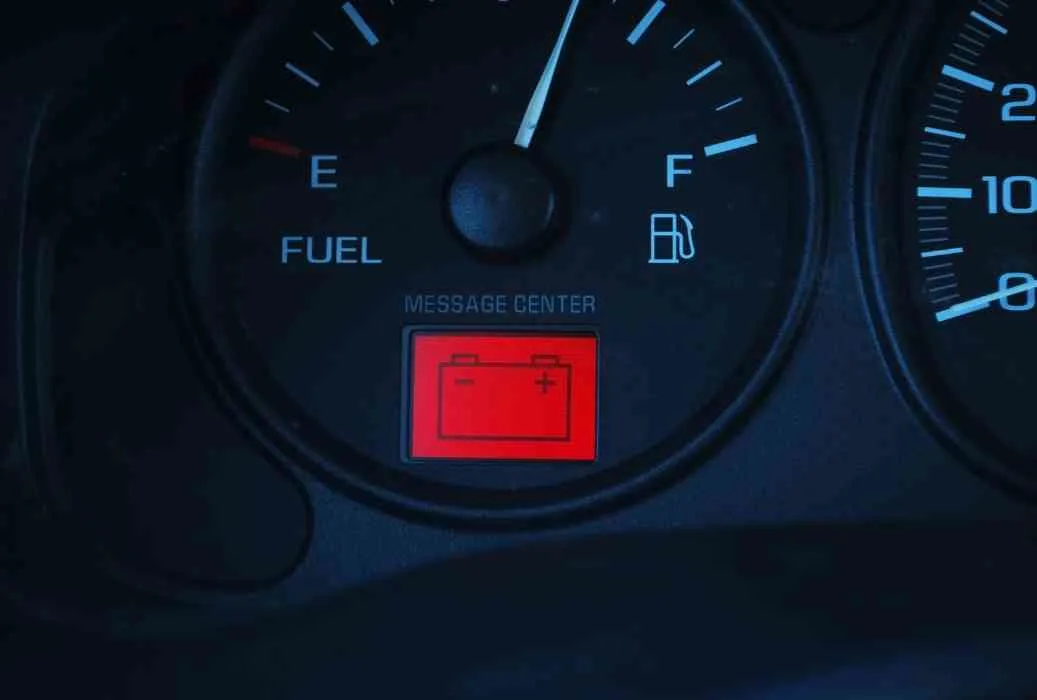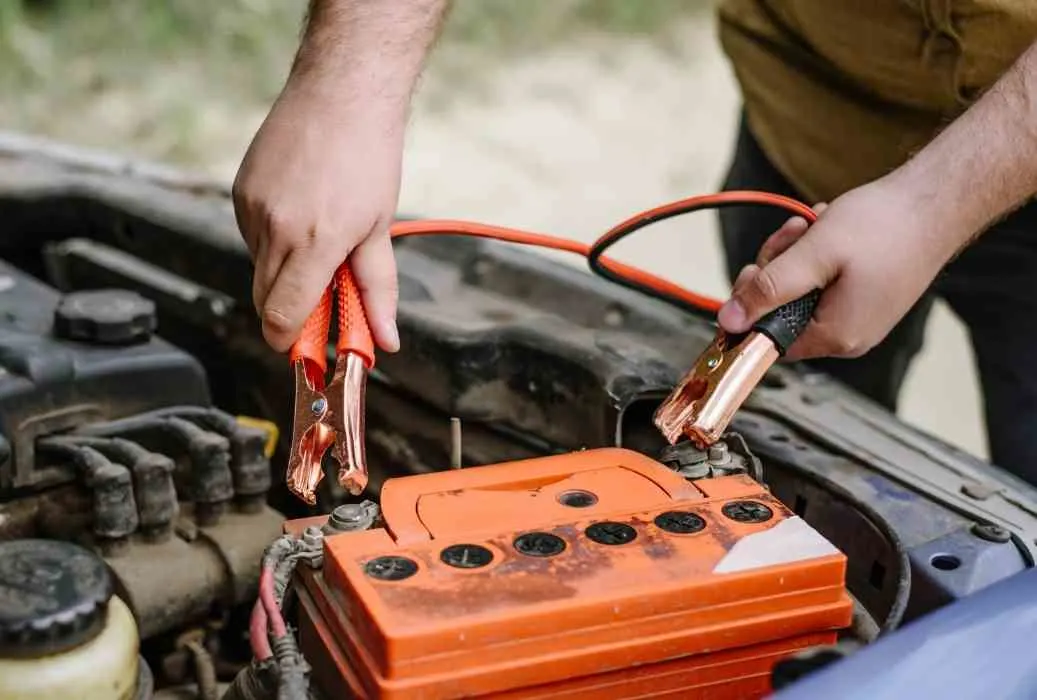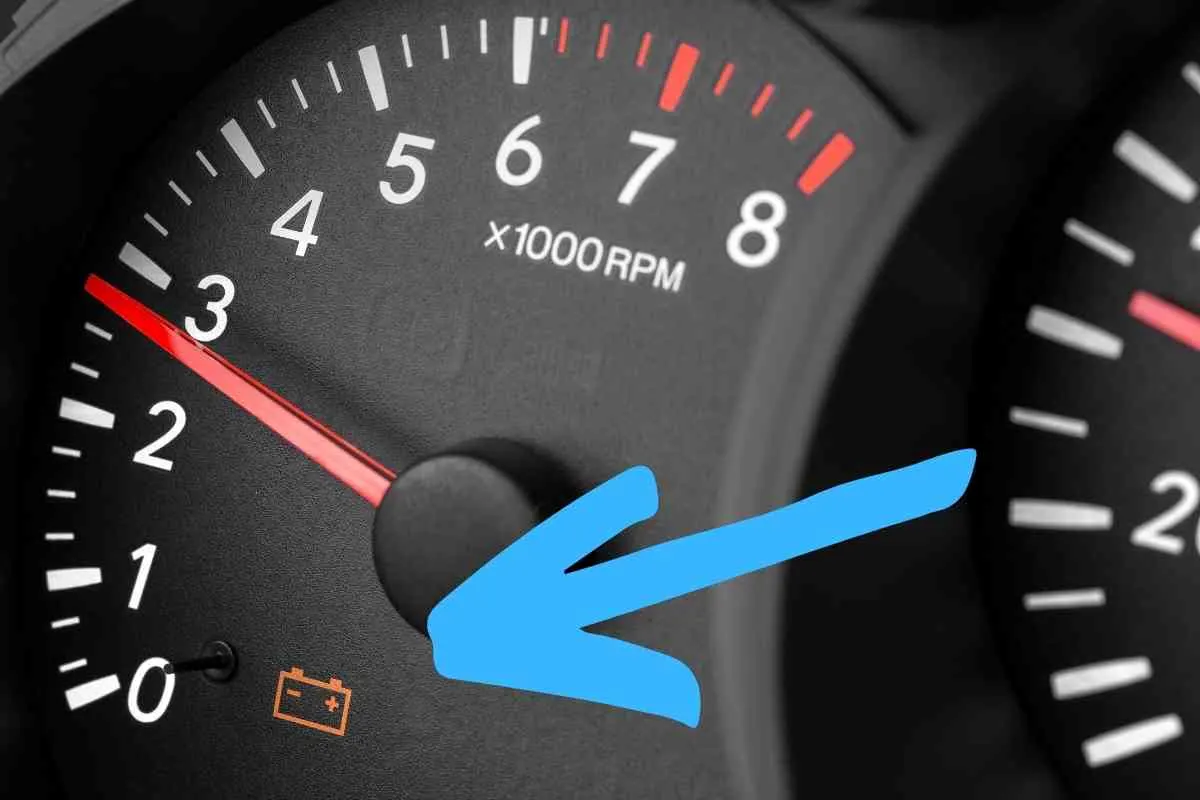When you get behind the wheel of your car and turn the key, you expect it to start.
However, this all depends on whether or not your car battery has the power to do the job.
If you made the mistake of leaving your headlights on, your battery may be substantially drained or dead. Jump-starting your vehicle is simple enough, but is it bad for your battery to be drained or die?
A car battery can start to experience significant damage once it is drained to just below 90% of its capacity. As its capacity drops lower, lead sulfate will build up on the battery plates and prevent it from holding a charge and causing other internal damage to the battery.
However, while you may think your car battery can survive only one deep discharge of power before it is ruined, that is not true.
Thanks to the modern technology that goes into making today’s batteries, your car battery may be able to survive as many as 12 deep discharges before it will no longer hold a charge.
Of course, this will vary depending on whether you have a top-of-the-line battery in your car, or instead opted for a bargain-basement battery.
Can a Car Battery Become Unable to Charge?
As you just found out, your car battery may reach the point where it is no longer possible for you to give it a charge that will hold.
For example, if you leave your battery in a car that is not driven or started up for at least two weeks, you may assume the battery is still retaining all its power. Unfortunately, that’s not what’s happening!
Instead, its charge is being released slowly through what is known as a parasitic draw. In these instances, other electronics in your car, such as a clock radio and anti-theft system, are still requiring electricity to operate.
Over time, this parasitic draw will leave your car battery much weaker than you anticipated.
Generally, the newer car you have, the more of a parasitic draw will take place, since today’s vehicles rely more and more on electronics.

If you want to prevent your battery from dying so fast, you may want to instead remove it from your car and place it on a shelf.
But even when doing this, your car battery will continue to lose power through self-discharge.
However, a lead-acid battery will only lose power at the rate of five percent per week, meaning it likely won’t die and be unable to hold a charge before you would put it back in your vehicle.
Can a Completely Drained Car Battery be Recharged?
If you turn the key in the ignition and hear nothing but dead silence, chances are you’ve got a car battery that is completely drained.
While this may sound like a dead-end, it is not.
In fact, a car battery that has been completely drained can still be recharged under the right circumstances.
First, you should determine just how dead your battery is, which can be done by using a device called a voltmeter.
When your battery has a full level of power, it will measure at least 12.4 volts on the voltmeter.
Anything less than that will mean you’ll probably need to use either a jump start or a dedicated battery charger to restore power to your battery.
When your battery is completely drained, don’t make the mistake of thinking your car’s alternator will eventually recharge the battery.
If you sit behind the wheel and continually turn the key, you not only will be wasting your time, but also probably damaging your alternator, creating yet another problem.

Also, your battery may suffer damage, making it less likely it will hold any charge you manage to send its way.
If the voltmeter shows a reading of 12 volts or less, your battery is considered to be completely drained.
While a jump start will probably get you back on the road, chances are this charge may not hold the next time you cut off the engine.
To maintain a charge, a dedicated battery charger should be used.
Unless your battery is in a spot that’s very hard to reach, you should not have to remove your battery from the car when using the dedicated charger.
What Do I Do if I Drained My Car Battery?
If you realize you drained your car battery by leaving the headlights on or by using it to power something else, such as appliances, the first thing to do is not panic.
If your battery is relatively new and has experienced no problems in the past, you should be able to get it recharged.
If you need to get on the road quickly, a jump start should do the trick, provided there is another vehicle nearby and you or someone else has starter cables.
However, since your battery may only hold this initial charge, you may want to opt for a battery charger to give your battery its full strength.
In some cases where you use a voltmeter to measure your car battery’s strength and find it to be around 12 volts or slightly less, you may be able to rely on your vehicle’s alternator to get you going again.
By giving it a few cranks, meaning less than 10, you may get your car to start.
If you do, you can drive your car around for about 30 minutes with as many things off as possible, including the radio, heating and air conditioning, lights, and anything else that drains electricity.
In doing so, this allows the alternator to devote its full attention to getting your battery charged.
Should I Replace My Car Battery After it has Drained?
If you have a car battery that has been drained and you manage to get it charged up once again, this does not mean you need to rush out and buy a new battery.
Should your current battery be only a year or two old and performed well up until now, recharging it should be enough to keep it going several more years.
However, if your battery is older or has experienced multiple drains during its lifetime, you may want to think about replacing it with a newer version.
Remember, even the very best car battery on the market today can usually withstand no more than 12 complete drains of its power before it needs to be permanently retired.
Could My Battery Not be the Problem?
Yes. In fact, having a faulty starter or alternator can exhibit signs very similar to that of a dead battery, and fool many drivers into assuming their battery has died.
Thus, before you rush out to buy a new battery or give your current one a charge it may not need, verify the battery is the problem.
By using a voltmeter, you can determine why your car won’t start.
Since your car battery is essentially the heart of your vehicle, it pays to keep it well-maintained!
By looking for buildups of lead sulfate, making sure cables are properly connected, and double-checking to make sure you turned off the headlights after getting home from work or shopping, you can hopefully avoid a scenario where your car battery becomes completely drained.
